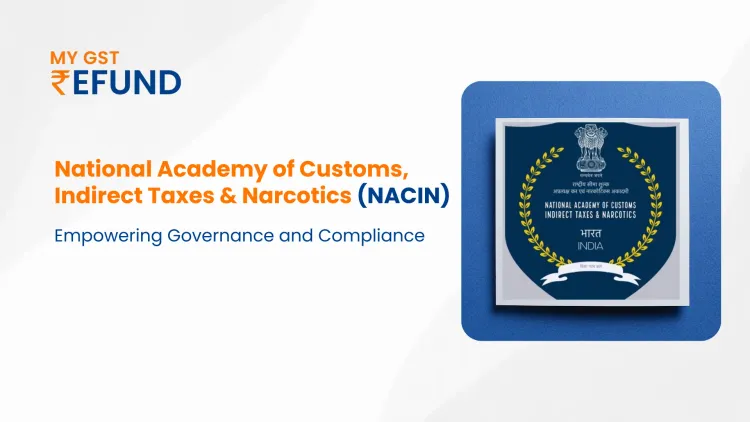GSTR-2B Guide: Features, Benefits and How to Use
Published on: Sat Dec 02 2023
Bio (Reveal/Hide)

Introduction:
In the dynamic realm of Goods and Services Tax (GST) compliance, businesses are continually adapting to new tools and regulations. GSTR-2B emerges as a crucial component in this landscape, designed to streamline the reconciliation of input tax credit (ITC) for taxpayers. This comprehensive guide explores the intricacies of GSTR-2B, its features, application, and addresses frequently asked questions to aid businesses in maximizing its potential.
Understanding GSTR-2B:
GSTR-2B is an evolution of GSTR-2A, an auto-populated form containing details of inward supplies from suppliers. Unlike GSTR-2A, GSTR-2B goes a step further, offering auto-drafted returns for each registered taxpayer based on information from GSTR-1, GSTR-5, and GSTR-6 filed by their suppliers.
Purpose of GSTR-2B:
The primary purpose of GSTR-2B is to facilitate seamless ITC reconciliation. By consolidating data from various sources, it acts as a comprehensive tool for businesses to verify and ensure the accuracy of their ITC claims. This is essential for compliance, as it helps identify and rectify any discrepancies in real-time.
Also Read : GSTR-1 Guide - Return Filing, Date and Revision
Key Features of GSTR-2B:
Auto-Drafted ITC Statement:
GSTR-2B generates an auto-drafted statement of ITC, simplifying the process of claiming credits for taxpayers.
Data Consolidation:
The return consolidates information from GSTR-1, GSTR-5, and GSTR-6, providing a holistic view for businesses to reconcile their ITC.
Month-wise ITC Summary:
GSTR-2B offers a month-wise summary of ITC, aiding businesses in tracking and managing their credit claims over time.
ITC Eligibility Flags:
Flags indicating the eligibility of ITC for each document help businesses quickly identify areas that may need further attention.
HSN Summary:
A detailed summary of Harmonized System of Nomenclature (HSN) codes related to inward supplies assists businesses in tracking purchases based on classifications.
Also Read: GSTR-3B Guide: Return Filing, Format, Revision and Due Dates
How to Use GSTR-2B:
Accessing GSTR-2B:
Taxpayers can access GSTR-2B through the GST portal, using their credentials for login.
Reviewing the Statement:
Businesses should carefully review the auto-drafted ITC statement and reconcile it with their internal records for accuracy.
Addressing Discrepancies:
In case of discrepancies, prompt communication with suppliers is crucial to rectify errors or missing information.
Filing GSTR-3B:
After reconciliation, taxpayers can proceed to file their GSTR-3B return, incorporating accurate input tax credit details.
Frequently Asked Questions (FAQs):
Is GSTR-2B mandatory for all taxpayers?
Yes, GSTR-2B is mandatory for all registered taxpayers, serving as a vital tool for ITC reconciliation.
How often is GSTR-2B generated?
GSTR-2B is generated monthly, providing a comprehensive summary of ITC for each month.
Can businesses make corrections to GSTR-2B?
No, businesses cannot make corrections directly to GSTR-2B. Corrections must be made in the original returns (GSTR-1, GSTR-5, GSTR-6) filed by suppliers.
What happens if there are discrepancies in ITC claims?
Timely reconciliation and communication with suppliers are essential to rectify discrepancies and ensure accurate ITC claims.
Conclusion:
GSTR-2B represents a significant step in the direction of simplifying and enhancing GST compliance for businesses. By providing a consolidated and auto-drafted ITC statement, it streamlines the reconciliation process and helps ensure that businesses claim the right amount of input tax credit. Staying informed about the features and functionalities of GSTR-2B is essential for businesses aiming to navigate the intricate GST landscape successfully. As the GST framework continues to evolve, embracing tools like GSTR-2B becomes instrumental in fostering transparency, accuracy, and efficiency in tax compliance.
Related Posts






